New Born Baby Tips, Taking Care Newborn Baby, How to Take Care of ...

How to take care of new born baby (6) : WomenPain.Com

113446796.jpg
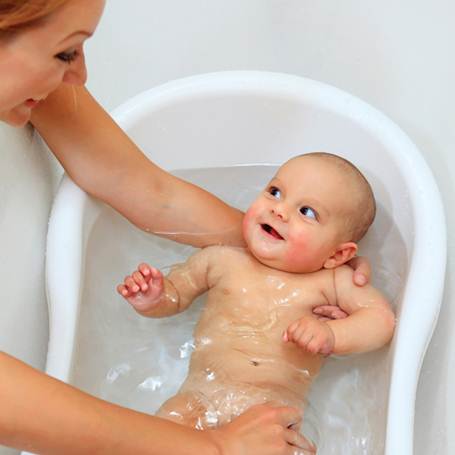
New Born Baby Care Tips, Guide to Take Care of Newborn Babies

How to take care of new born baby (7) : WomenPain.Com

indexhound.com - Image - how to care for a newborn baby

How To Take Care of a Newborn Baby | BabyMed.com

Newborn Baby Sucking Mother's Milk Stock Photos, Images ...

Breast to Bottle: Easing Your Baby's Transition | New Parent

How to Take Care of Newborn Skin | Infant Care - YouTube

How to Take care of Newborn Baby: Parenting Tips

How to take care of a newborn baby reviews | How To

How to take care of new born baby (2) : WomenPain.Com

Best Way to Take Care of Your Newborn Baby

My Nine Months » How to Take Care of Your Baby

Quick Tips For A New Mom Taking Care Of A Baby - Best New Moms ...

How To Take Care Of A Newborn Baby - Nursing Care - YouTube

How to Take Care of a Baby : Newborn Baby Zone

Newborn Baby Care - How to Take Care of Newborns - Newborn ...

Feeding Newborn | Bottle Feeding Advantage | Breast Feeding ...

Tips on How to Take Care of Newborn Baby
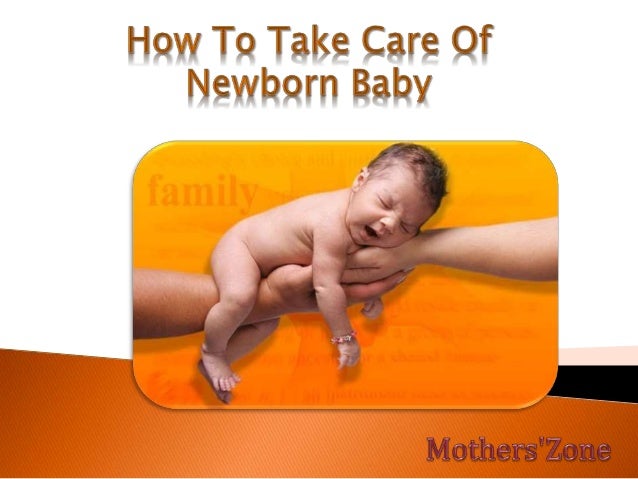
How to take care of your Newborn Baby | Baby Care

Breast Feeding Baby In Bed Royalty Free Stock Photo - Image: 27011085

How to take care of new born baby (8) : WomenPain.Com

Mommy, I'm Hungry: Feeding Your Baby On Demand : Newborn Baby Zone
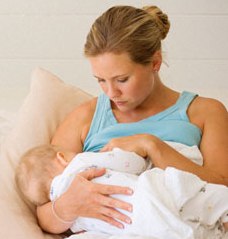
tips keep newborn baby clean | Baby Care For You
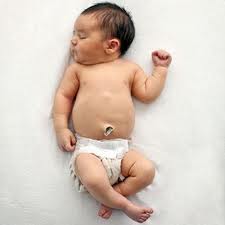
Newborn Baby Care Tips in Urdu - KFoods.com

How To Take Care Of Baby - Tips For Taking Care Of Babies \u0026amp; Ways ...

Baby how to take care of newborn
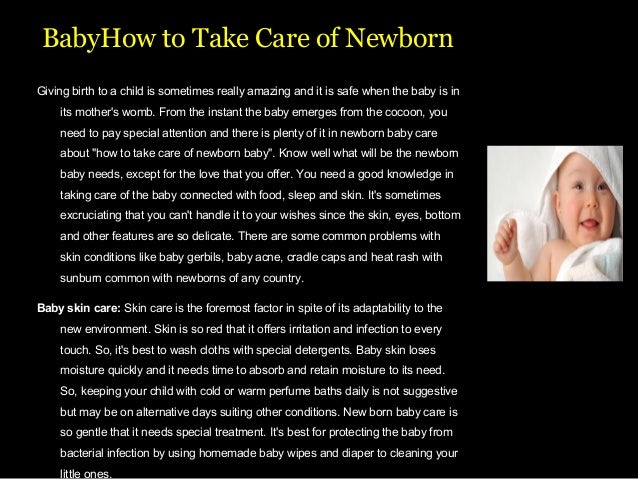
Baby Skin Care 101 - Simple Baby Skin Care Tips
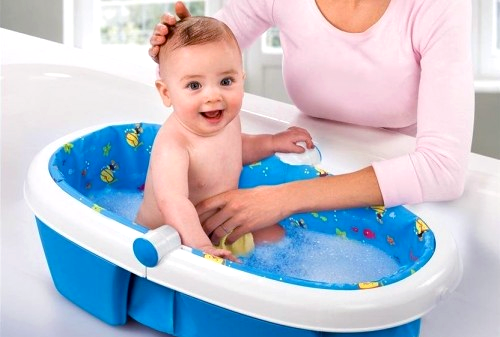
Most importantly, How To Take Care Of A Newborn Baby the needs of the newborn is a physical contact with the mother, the warmth and sucking of the Breasts. Therefore, in many hospitals the baby immediately after birth put on the mother's breast, where he can once again feel at one with it and get the first drops of colostrum. Newborn looks focused, his eyes wide open, he is ready to fulfill an innate program of imprinting — imprinting of the mother, the main person in my life.
Mother, instinctively stroking and feeling along the body of the child, in turn, captures a newborn, and her body gets the signal: childbirth is completed, the child is alive and needs to breastfeed and care. Necessary tests and manipulations undertaken in the nursing homes, can be spent with the child on the bosom of its mother, and can by agreement be deferred for a while in order not to interfere with first contact. At birth, the average child has height about 52 cm and weighs 3 to 4 kg. he is big for his body and head is quite weak and short arms and legs. In fact his head is almost a quarter of the weight of the whole body. He is still in a fetal position and will remain in it during the first weeks. In a minute after birth, the baby passes their first test will assess Apgar.
The result in the child not only shows his condition at birth and resuscitation, if the baby is born with a low score on Apgar scale. Usually the kids get a rating of 7-9 points. If you put a score of 6 points or less, he will provide the necessary assistance. After 5 minutes after birth, the doctor again examined the baby, the midwife will handle the remainder of the umbilical, removing the protective grease, and weigh the baby and measure his height. Then the child is swaddled and briefly put under the heating lamp. Immediately after birth most babies look serious and widely open eyes.
Most often the baby's skin has a red hue, the eyes may be swollen. Head that all newborns are quite large, it may be deformed, flattened or pointed. Eye a baby can be bloodshot, the nose flat, and his face seems to be devoid of chin. The body is small, with pale skin and pronounced blood vessels, can be noticed some bruising (especially if childbirth was used tongs). The upper torso can be covered with gentle fuzz, and in some places on the skin will bloom. All these small "imperfections" will quickly disappear.
Movements of a newborn are not coordinated, chaotic he almost constantly moves his hands and legs stretches. The fingers are compressed in fists, arms and legs fully straightened. The nervous system of the newborn is ready to act, although the various departments are in varying degrees of maturity. Distant analyzers — visual and auditory — are more developed than the analyzers that provide movement. In the first days after birth, the child can capture the look on his face vzroslogo or a bright toy.
He can cause eye movements towards moving in the field of view of the subject, however, such tracking of the object is very unstable. Longer he is able to keep a moving subject in the field of How To Take Care Of A Newborn Baby view only at 10-15 days of life. The child can listen to the conversation and issue a single, quiet vowels.

0 Komentar untuk "How To Take Care Of A Newborn Baby"